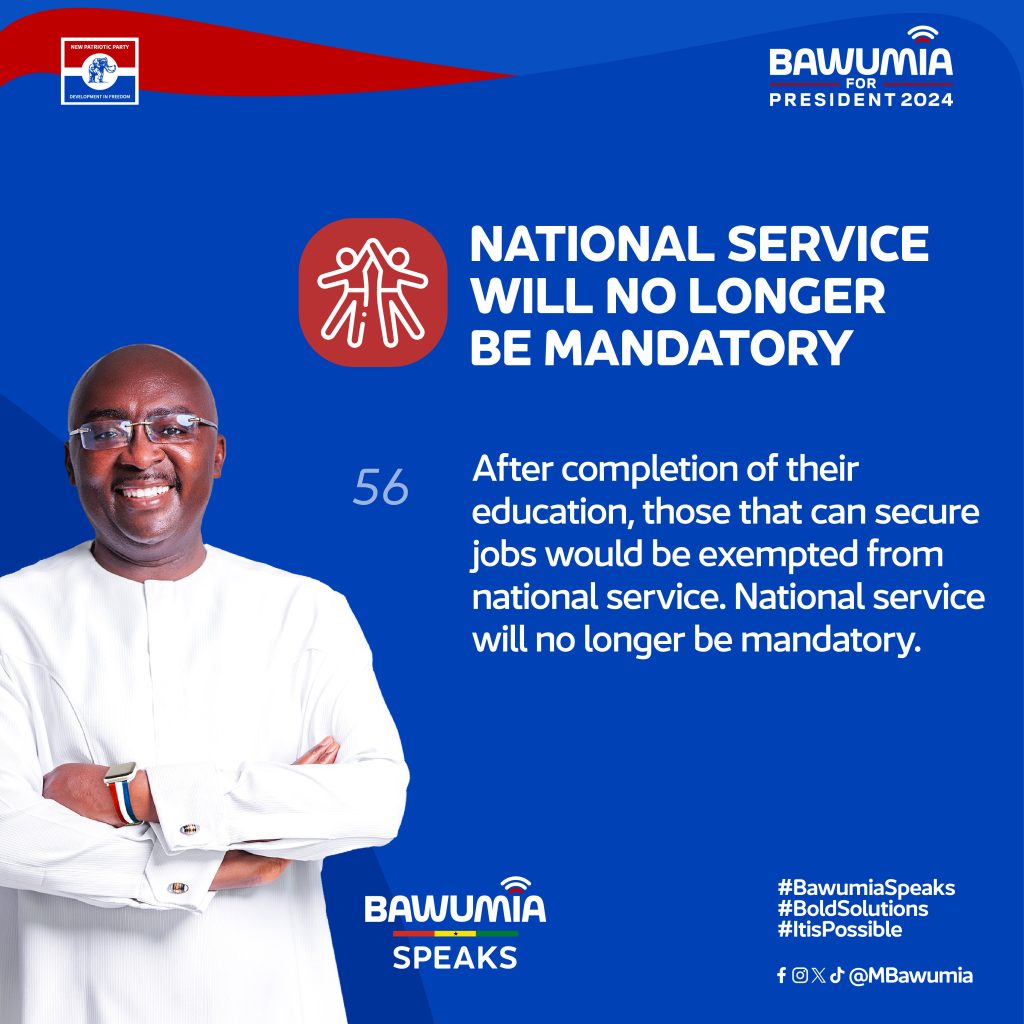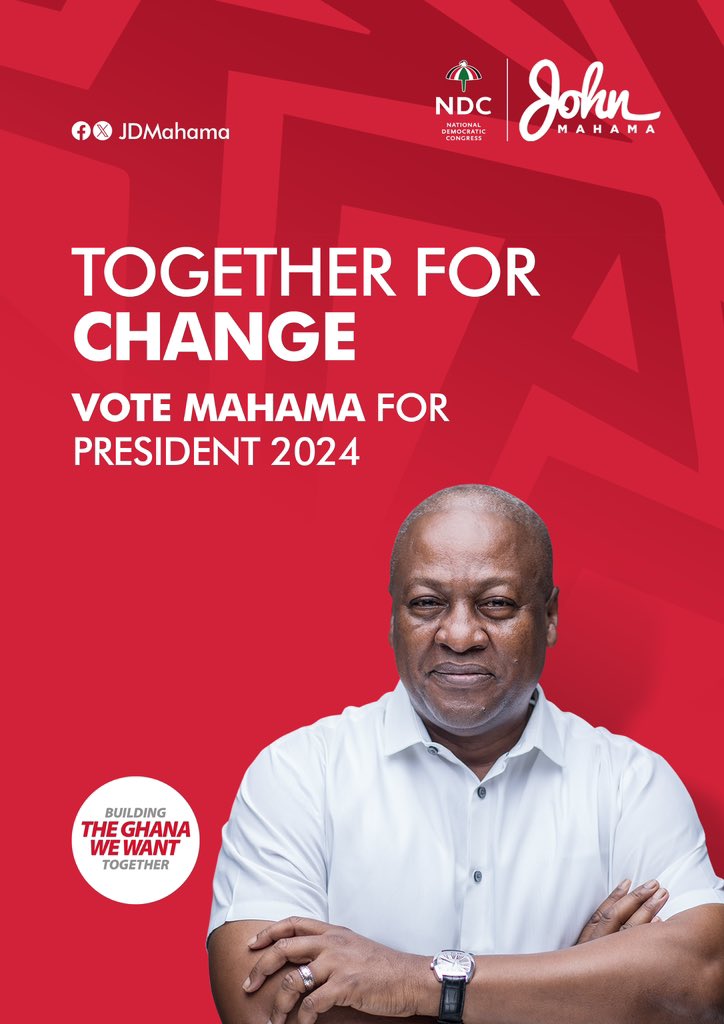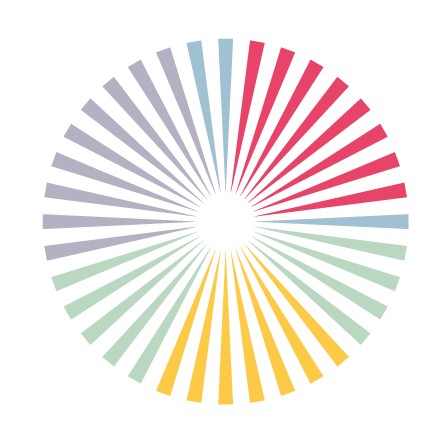Red vs. Blue — NDC and NPP’s Visual Battle in Ghana

The selection of colours in political branding, such as red and blue, often holds significant symbolism, and the choice by Ghana’s major political parties—NDC and NPP—provides a fascinating study in contrast and cultural context. Traditionally, in the United States, the colour blue is associated with the Democratic Party, which is considered more liberal, while red is linked to the Republican Party, noted for its conservative ideology. This dichotomy, interestingly, is flipped in the Ghanaian context.
The National Democratic Congress (NDC) of Ghana, which generally leans towards social democracy—a political, social, and economic philosophy that supports economic and social interventions to promote social justice within the framework of a liberal democratic polity—has adopted red as its primary colour. This choice is intriguing as red is often associated with energy, strength, power, and determination, but also with revolution and socialism. The colour red’s association with socialism and revolutionary zeal might resonate more closely with the NDC’s roots in the revolutionary policies of Jerry John Rawlings, the party’s founder.


On the other hand, the New Patriotic Party (NPP), which promotes a more conservative and liberal democratic ideology in Ghana, chooses blue, a colour typically associated with stability, trust, wisdom, and confidence. This aligns with conservative themes of maintaining social order and emphasising economic stability and growth, but contrasts with the global trend of blue representing more liberal policies.
The use of blue and red as political colours has a rich and varied history across different cultures and nations, with their meanings and associations evolving over time. In the United States, the association of blue with the Democratic Party and red with the Republican Party is relatively recent, popularised during the 2000 presidential election by media outlets. Red has traditionally been linked to left-wing movements in Europe, symbolising revolutionary spirit and the blood of workers. Blue, often associated with conservative, right-leaning politics, represents stability and conservatism.
This reversal in colour symbolism might reflect a deeper strategic adaptation by each party to appeal to broader or specific demographics within Ghana’s socio-political landscape. For example, red might be used by the NDC to evoke strong emotional responses and a sense of urgency among voters, which could be effective in rallying support during electoral campaigns. Blue, for the NPP, might help in portraying an image of calm reliability and trustworthiness, appealing to voters’ desires for steady governance.
The strategic selection of colours by political parties extends beyond mere aesthetics; it is a critical component of communication design that profoundly influences the visual language of politics. Observing how red and blue are employed by the NDC and NPP respectively reveals much about how visual elements are used to craft and convey political messages. These colour choices do not merely stand as symbols of party identity; they actively shape perceptions, evoke emotional responses, and engage voters on a subconscious level.
The role of colour in communication design within the political realm is a testament to the power of visual symbolism in shaping political discourse. As parties strive to connect with the electorate, the colours they choose become integral to their brand, embedding deeper meanings and associations that resonate within the cultural and social fabric of the nation. This is particularly evident in how these colours are presented across various media platforms—from campaign posters to digital adverts and televised debates—where the consistency of colour usage helps to reinforce brand recognition and loyalty, creating a coherent visual identity that is easily identifiable to the electorate.
From a political philosophy perspective, the use of colour can be seen as an extension of each party’s messaging strategy, designed to evoke certain feelings and associations that reinforce their ideological stance and policy priorities. This strategic choice in colours might also speak to a dynamic political identity that adapts to the changing sentiments and cultural currents within Ghana, rather than strictly adhering to a fixed ideological spectrum. Such adaptations can be crucial in a political environment where public perception and voter sentiment can shift significantly between election cycles, thus impacting electoral outcomes.
Overall, the irony of Ghana’s major political parties adopting colour schemes that contrast with similar ideologies in different contexts highlights the unique and often complex relationship between colour psychology, cultural associations, and political strategy. This choice not only reflects each party’s historical and ideological roots but also their adaptive strategies in the quest to resonate with and win over voters.


Comments are closed.